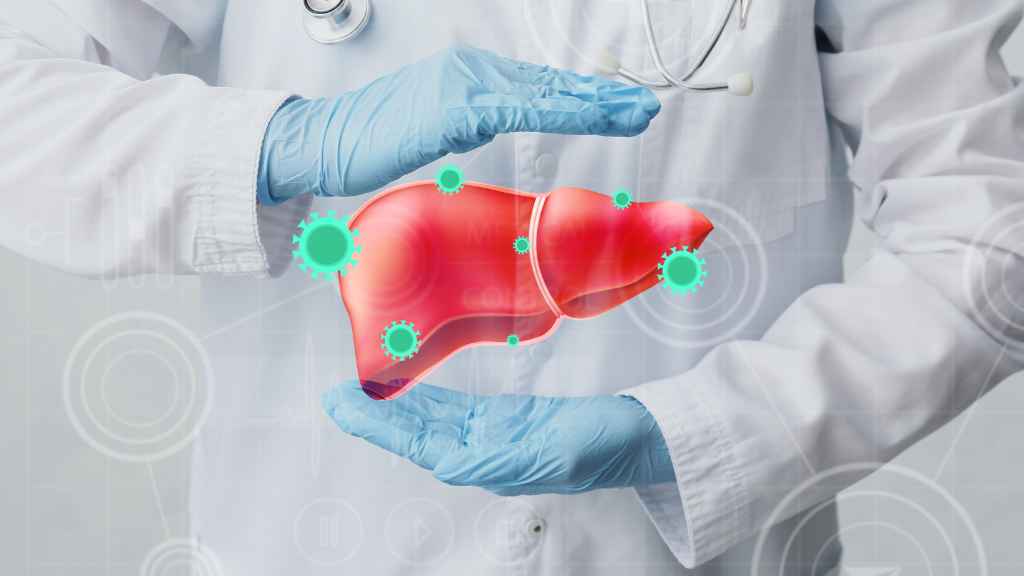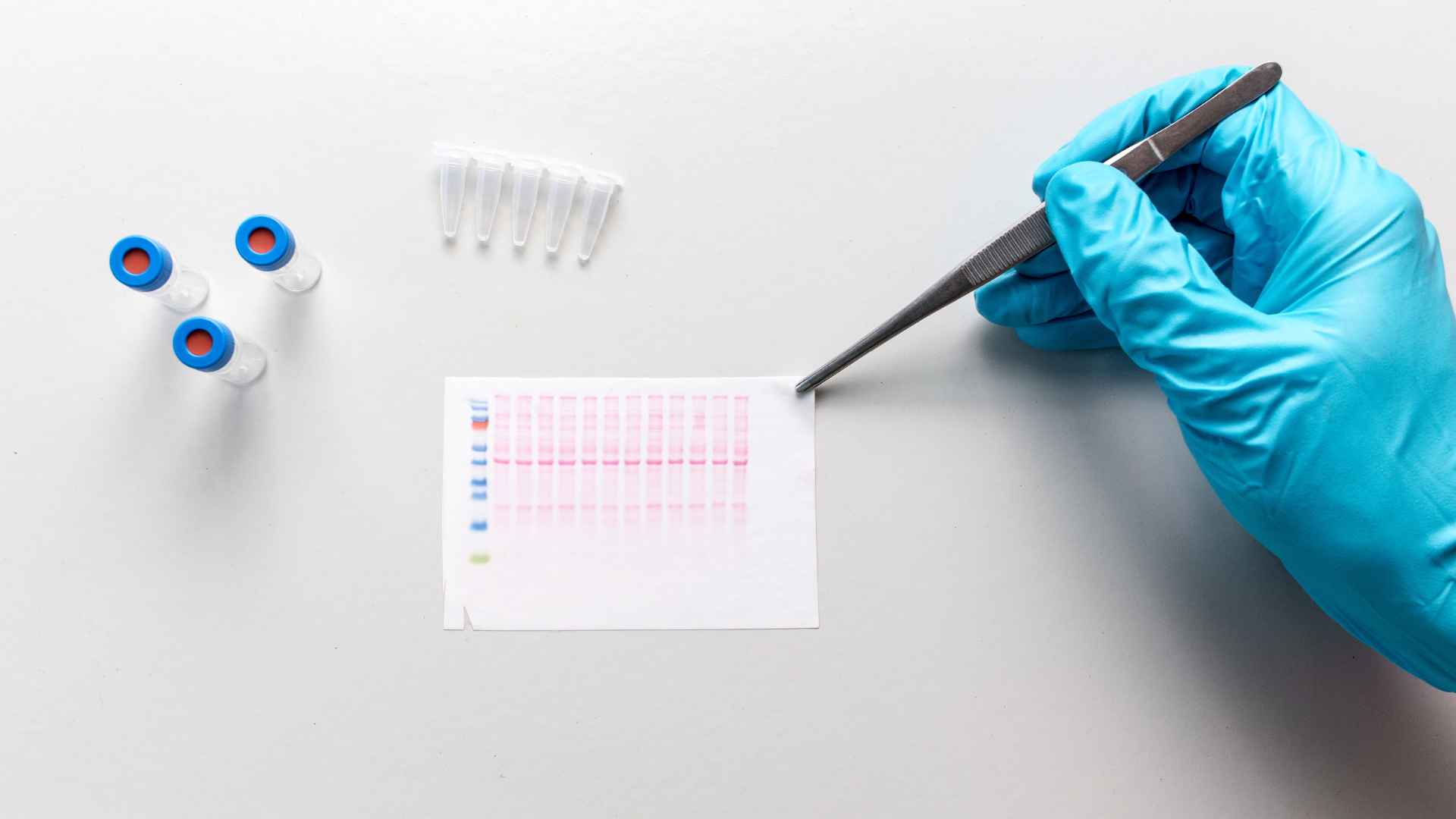Hepatotoxicity assays are critical tools in the pharmaceutical world, offering insights into how substances interact with liver cells. They’re the gatekeepers, ensuring that only safe, non-toxic compounds make it through the rigorous drug development process. Without these assays, the risk of liver damage from new drugs would be significantly higher, posing a substantial threat to public health.
The evolution of hepatotoxicity assays from simple in vitro tests to sophisticated in vivo models and beyond has been a game-changer. Today, they not only predict potential liver toxicity but also help in understanding the mechanisms behind it, paving the way for safer drugs. As the demand for more accurate and less invasive tests grows, the field of hepatotoxicity assays continues to evolve, promising a future where drug-induced liver injuries are a thing of the past.
Importance of Hepatotoxicity Assays
Hepatotoxicity assays have become a cornerstone in the pharmaceutical industry’s quest to develop safer drugs. These tests are critical for assessing how various substances interact with liver cells, potentially causing liver damage. Given the liver’s vital role in metabolizing and detoxifying chemicals, ensuring that new pharmaceuticals do not harm this essential organ is paramount.
Research and development entities, such as Da-Ta Biotech, offer advanced cell-based assays tailored for this purpose. Utilizing a variety of human and rodent cell lines alongside diverse disease models, Da-Ta Biotech’s in-house testing capabilities exemplify the industry’s commitment to identifying hepatotoxic compounds early in the drug development process. This not only helps in safeguarding patient health but also significantly reduces the financial risks associated with late-stage drug failures.
The sophistication of hepatotoxicity assays has grown over the years. Initially, simple in vitro tests were employed to identify potentially toxic substances. But, the pharmaceutical industry’s demands have evolved, necessitating the development of more complex in vivo models that offer deeper insights into how substances might affect liver function in a living organism. Da-Ta Biotech, leveraging its robust protocols and the expertise of Dr. Rinat Borenshtain-Koreh’s team, stands at the forefront of this evolution. By allowing clients to either use Da-Ta’s established protocols or adopt their suggested standard operating procedures (SOP), they offer flexibility and efficiency in hepatotoxicity testing.
Also, the significance of hepatotoxicity assays extends beyond the initial screening of potential liver toxins. These assays play a crucial role in understanding the mechanisms underlying drug-induced liver injuries, offering valuable information that can be used to modify compounds and reduce their hepatotoxic potential. As a result, hepatotoxicity assays not only contribute to the safety of drugs but also help the advancement of medicinal chemistry by providing insights that enable the design of safer therapeutic agents.
To conclude, as the biotechnology and pharmaceutical industries strive to meet the growing demands for more effective and safer drugs, the role of hepatotoxicity assays continues to expand. Through the support of specialized R&D companies like Da-Ta Biotech and the continuous improvement of assay technologies, the future of drug development looks promising, with hepatotoxicity assays playing a pivotal role in this progress.
Evolution of Hepatotoxicity Assays
The journey of hepatotoxicity assays has been marked by continuous innovation and technological advancement. Initially, these tests were simple in vitro experiments designed to observe adverse effects of substances on liver cells. But, as the pharmaceutical industry’s understanding of drug-induced liver injury (DILI) deepened, so did the complexity and accuracy of hepatotoxicity assays.
In Vitro to In Vivo: Transitioning Through Time
Initially, hepatotoxicity assays relied heavily on in vitro methods, utilizing primary hepatocytes or liver-derived cell lines to identify potential toxicants. These early assays provided critical initial screens but often lacked the complexity to fully mimic liver function or predict in vivo responses. Recognizing these limitations, researchers began to develop more sophisticated in vitro models, including 3D cultures and organ-on-a-chip technologies. These improvements allowed for better simulation of the liver’s architecture and function, offering more predictive data on how a compound might behave in a living organism.
Parallel to in vitro advancements, in vivo models also evolved. From simple rodent experiments, the field has progressed to include more complex and ethically considerate approaches, such as zebrafish larvae and humanized liver mouse models. These in vivo assays provide invaluable insights into how a substance is metabolized by the liver and its potential to cause harm in the human body.
Da-Ta Biotech’s Role in Advancing Hepatotoxicity Testing
Da-Ta Biotech stands at the forefront of these developments. By offering tailored cell-based assays, the company supports the pharmaceutical industry’s need for accurate, reliable hepatotoxicity testing. With a diverse arsenal of human and rodent cell lines and disease models, Da-Ta Biotech provides essential services for drug safety evaluation. Their comprehensive in-house testing capabilities enable researchers to conduct thorough assessments without the need for extensive independent laboratories.
Managed by Dr. Rinat Borenshtain-Koreh and her team of R&D experts, Da-Ta Biotech not only performs standard tests but also collaborates with researchers to refine and adapt protocols. This approach allows for the integration of the latest scientific findings and technologies into hepatotoxicity testing, ensuring that assays remain at the cutting edge of pharmaceutical science.
In Vitro vs. In Vivo Models
The exploration of hepatotoxicity assays has advanced significantly, guided by the need for accurate predictions of a compound’s toxicological profile. Da-Ta Biotech, a leader in cell-based assay development, plays a pivotal role in this progression. The foundation of hepatotoxicity assay understanding is grounded in the distinction and application of in vitro and in vivo models.
In vitro models are pivotal for initial toxicity screens due to their high throughput capability and cost-effectiveness. These models, including 2D cultures and more complex 3D liver organoids, offer a controlled environment for assessing drug hepatotoxicity. Da-Ta Biotech’s extensive in-house testing capabilities harness these models to predict adverse reactions early in the drug development process. Key differentiators of in vitro assays include:
- Precise control over the experimental environment
- Ability to use human cell lines to foresee human reactions
- Reduced ethical concerns compared to animal testing
But, while in vitro models provide valuable insights, they cannot fully mimic the intricate interactions occurring in a living organism. This limitation paves the way for in vivo models, which encompass whole-animal testing environments such as zebrafish larvae and humanized liver mice. These models offer a more comprehensive view of a compound’s toxicity profile, integrating metabolism, bioavailability, and organ-specific toxicity. Advantages of in vivo models comprise:
- Enhanced understanding of complex biological interactions
- Assessment of compound effects on an entire living system
- Higher translational value to predict human responses
The choice between in vitro and in vivo models hinges on the specific requirements of the study, regulatory guidelines, and the stage of drug development. Da-Ta Biotech adeptly integrates both types of models, tailoring hepatotoxicity assays to provide a holistic evaluation of potential toxic effects. Their approach not only aligns with scientific advancement but also addresses the critical balance between predictive accuracy and ethical considerations involved in hepatotoxicity testing.
Mechanistic Insights from Assays
In the area of hepatotoxicity assessment, Da-Ta Biotech emerges as a cornerstone, leveraging a suite of sophisticated hepatotoxicity assays. These assays unfold the narrative of how pharmaceutical compounds interact with liver cells, revealing both the potential therapeutic benefits and the risks of liver damage. Through mechanistic insights, researchers can decipher the underlying biological pathways impacted by new drugs, shedding light on the complexities of drug-induced liver injury (DILI).
Da-Ta Biotech’s cell-based assays play a pivotal role in dissecting the mechanisms of hepatotoxicity. Utilizing an expansive arsenal of both human and rodent cell lines, these assays offer a window into the cellular responses triggered by compounds. This includes evaluating mitochondrial function, oxidative stress levels, and lipid accumulation—key indicators of hepatotoxic potential.
One of the standout features of Da-Ta Biotech’s approach is the incorporation of disease models, including those specifically designed for anti-cancer drug screening. These models not only assess the efficacy of compounds (measured as EC50) but also how they might inadvertently harm liver cells. The dual focus on efficacy and safety finely balances the therapeutic potential against the hepatotoxic risk.
Also, Da-Ta’s commitment to customization allows researchers to test their samples following a well-established protocol or opt for a tailored approach. This flexibility ensures that each hepatotoxicity assay is optimally aligned with the research objectives, whether it’s a primary screening or a detailed mechanistic study.
Guided by Dr. Rinat Borenshtain-Koreh and her team of R&D experts, Da-Ta Biotech stands as a beacon for researchers exploring the complexities of drug development. The integration of robust cell-based assays with personalized research support paves the way for a deeper understanding of hepatotoxicity mechanisms. This, in turn, aids in the development of safer pharmaceuticals, with a clearer insight into their interaction with liver function.
By offering a blend of technical expertise, customization, and a comprehensive toolkit of hepatotoxicity assays, Da-Ta Biotech significantly contributes to advancing the frontier of drug safety evaluation.
Future of Hepatotoxicity Assays
The world of hepatotoxicity assays is on the brink of a transformative shift, with advancements in technology and methodologies promising more accurate, efficient, and comprehensive evaluations of potential liver toxicity. Da-Ta Biotech, a leading provider of cell-based assays, stands at the forefront of this evolution, poised to redefine the standards of hepatotoxicity testing through the integration of cutting-edge research and development.
In the quest for improved hepatotoxicity assays, the focus is increasingly turning towards High-Throughput Screening (HTS) technologies and Artificial Intelligence (AI). These tools offer unprecedented capabilities in screening large libraries of compounds swiftly and with greater predictive reliability. Da-Ta Biotech is exploring these avenues, harnessing the power of automation and computational models to predict hepatotoxicity with enhanced precision. This approach not only accelerates the discovery phase but also significantly reduces the reliance on animal testing, aligning with ethical considerations and regulatory demands.
Another promising direction is the advancement of 3D liver models and organ-on-a-chip technologies. These innovative platforms mimic the complex architecture and functionality of the human liver more accurately than traditional 2D cultures, providing insights into the nuanced interactions between drugs and liver cells. Da-Ta Biotech is incorporating these models into its hepatotoxicity assays, offering researchers a closer approximation to human liver responses and a deeper understanding of hepatotoxic mechanisms.
Besides, the integration of disease-specific models into hepatotoxicity testing is gaining traction. By simulating liver diseases such as fatty liver disease, hepatitis, and cirrhosis within assay systems, Da-Ta Biotech can evaluate how pre-existing liver conditions affect drug toxicity. This approach ensures a more nuanced assessment, crucial for the development of safer medications for patients with compromised liver function.
Da-Ta Biotech remains committed to advancing hepatotoxicity assays through the adoption of these innovative technologies and methodologies. By exploring the potential of HTS, AI, 3D liver models, and disease-specific assays, the company is not just enhancing the predictive accuracy of hepatotoxicity testing but also contributing to the creation of safer pharmaceuticals. With the guidance of Dr. Rinat Borenshtain-Koreh and her team of experts, Da-Ta Biotech continues to set new benchmarks in the quest to mitigate drug-induced liver injury, promising a future where hepatotoxicity assays deliver unparalleled insights into the safety profile of new drug candidates.
Conclusion
The advancements in hepatotoxicity assays spearheaded by Da-Ta Biotech mark a significant leap forward in the area of drug safety testing. This evolution not only enhances the accuracy of toxicity predictions but also aligns with ethical standards by minimizing animal testing. Under Dr. Rinat Borenshtain-Koreh’s guidance, Da-Ta Biotech’s innovative approach is paving the way for safer pharmaceuticals, demonstrating the critical role of cutting-edge technology in advancing medical research and protecting patient health.






